Learn how to effortlessly grow and care for Crassula ovata, also known as the jade plant. Discover the ideal soil, sunlight, watering and other requirements for cultivating this popular succulent in your home or garden.
Jade plants, scientifically known as Crassula ovata, are one of the most popular and easy-to-grow succulents around. These beautiful, tree-like plants are known for their thick, glossy green leaves and low-maintenance care requirements. Whether you’re a seasoned plant parent or a total beginner, growing a healthy jade plant is well within your reach.
In this guide, we’ll cover everything you need to know about cultivating Crassula ovata, from choosing the right plant to providing the ideal growing conditions. By the end, you’ll be equipped with the knowledge to keep your jade plant thriving for years to come.
Here’s an easy chart for Crassula ovata (commonly known as Jade Plant):
| Aspect | Information |
|---|---|
| Botanical Name | Crassula ovata |
| Common Name | Jade Plant, Money Plant, Friendship Tree |
| Plant Type | Succulent |
| Zones | 10-11 (outdoors), can be grown indoors anywhere |
| Sun Exposure | Full sun to partial shade |
| Soil Type | Well-draining, sandy or cactus mix |
| Watering | Allow soil to dry out between waterings |
| Bloom Time | Winter to early spring |
| Flower Color | White to pink |
| Height/Spread | 3-6 feet tall, 2-3 feet wide (indoors smaller) |
| Special Features | Drought-tolerant, low maintenance, long-lived |
Choosing the Right Jade Plant
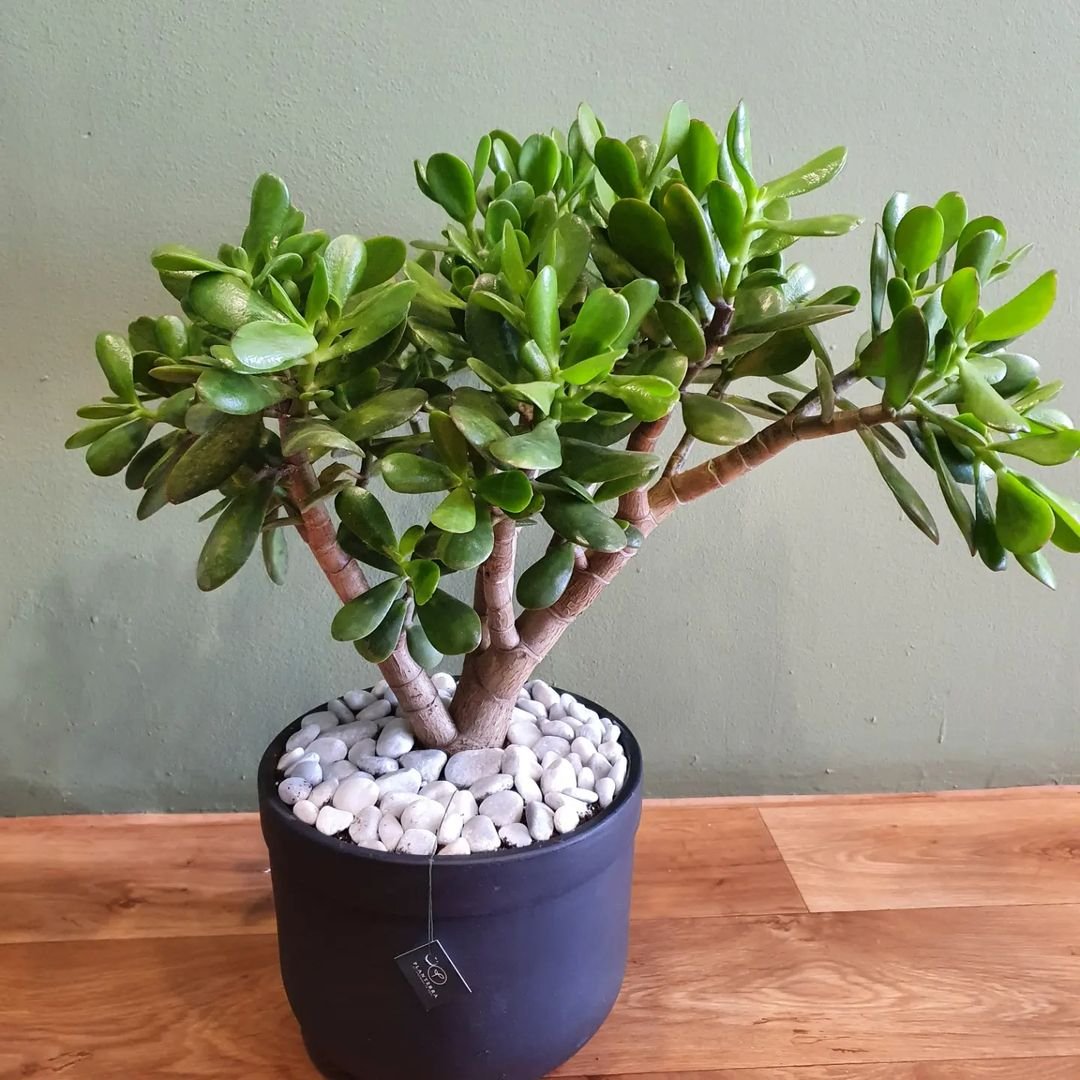
When selecting a jade plant, there are a few key factors to consider:
Variety
There are several different varieties of Crassula ovata, each with slightly different characteristics:
Classic Jade – The most common type, with rounded, fleshy green leaves.
Variegated Jade – Features leaves with white or cream variegation.
Red-Edged Jade – Has reddish-pink edges on the leaves.
Gollum Jade – Has tubular, finger-like leaves.
Choose the variety that best fits your preferences and growing environment.
Size
Jade plants can range from small, tabletop-sized specimens to large, tree-like plants over 6 feet tall. Consider the mature size of the plant and the space you have available before making your selection.
Source
Purchase your jade plant from a reputable nursery, garden center, or online retailer. Avoid big box stores, as the plants are often stressed from improper care. Look for a healthy, well-established plant with no signs of pests or disease.
Planting Your Jade
Jade plants thrive in well-draining soil and a sunny location. Here’s how to get your new plant situated:
Potting Soil
Use a fast-draining potting mix specially formulated for succulents and cacti. These soils have a sandy, gritty texture that allows excess moisture to quickly drain away from the plant’s roots. You can also make your own soil mix by combining equal parts potting soil, perlite and coarse sand.
Container
Choose a pot with drainage holes in the bottom. Jade plants do best in terra cotta or unglazed ceramic containers, which allow the soil to dry out between waterings. The pot should be just slightly larger than the plant’s root ball.
Planting
Carefully remove the jade plant from its nursery container and gently loosen any tangled roots. Place the plant in the new pot and fill in around the sides with the succulent potting mix, tamping it down lightly. The soil level should be about an inch below the rim of the pot to allow room for watering.
Light
Jade plants need plenty of direct sunlight to thrive. Place your potted plant in a south or west-facing window that gets at least 6 hours of sun per day. If growing outdoors, choose a spot that receives full sun.
Caring for Your Jade Plant
With the right growing conditions, your jade plant will reward you with lush, healthy growth. Here’s how to care for it:
Watering
Jade plants are succulents, which means they store water in their thick leaves and stems. They prefer infrequent but deep watering.
As a general rule, allow the soil to dry out completely between waterings. This is typically every 2-3 weeks during the growing season and even less often in the winter.
When you do water, soak the soil thoroughly until it drains out the bottom of the pot. Avoid letting the plant sit in standing water.
Fertilizing
Feed your jade plant once a year in the spring with a balanced, water-soluble fertilizer diluted to half strength. This will provide the nutrients it needs for healthy growth without risking fertilizer burn.
Pruning
Regular pruning helps keep your jade plant full, compact and visually appealing. Use clean, sharp pruners to trim off any dead, damaged or leggy growth. You can also prune to control the plant’s size or shape.
The best time to prune is in the spring or early summer, when the plant is actively growing. Avoid pruning in winter, as the plant is resting.
Pest Control
Jade plants are generally quite pest-resistant but can sometimes attract mealybugs or scale insects. If you notice any pests, wipe down the leaves with a damp cloth or use an insecticidal soap spray to get rid of them.
Troubleshooting Common Issues
With the right care, jade plants are relatively low-maintenance. However, you may run into a few common problems:
Leaves Wrinkling or Shriveling
This is typically a sign of underwatering. Check the soil and water the plant if it feels dry.
Leaves Turning Yellow or Dropping Off
Yellowing leaves or leaf drop can indicate overwatering. Allow the soil to dry out more between waterings.
Leaves Turning Red or Purple
While some jade plant varieties naturally have reddish or purple leaves, an unexpected color change can mean the plant is getting too much sun. Move it to a spot with some afternoon shade.
Leggy, Stretched Growth
If your jade plant starts getting tall and sparse, it’s not getting enough light. Move it to a sunnier location.
As long as you address any issues promptly, your jade plant should recover and continue thriving.
Propagating Jade Plants
One of the best things about jade plants is how easy they are to propagate. You can grow new plants from leaf or stem cuttings, allowing you to expand your jade collection or share with friends.
To propagate:
- Using clean pruners, snip off a healthy leaf or 3-4 inch stem cutting.
- Allow the cutting to dry out and callus over for a few days.
- Plant the cutting in a small pot filled with succulent potting mix.
- Water lightly and place in a warm, bright spot. Avoid direct sun.
- New growth should emerge in 4-6 weeks. Once rooted, transplant into a larger pot.
With proper care, these new jade plants will grow into beautiful, full specimens just like the parent plant.
Caring for Jade Plants Outdoors
While jade plants are often grown as houseplants, they can also thrive outdoors in the right climate. Here are some tips for growing jade plants outside:
Climate
Jade plants prefer warm, dry climates. They do best in USDA hardiness zones 9-11, where temperatures rarely dip below freezing. If you live in a cooler area, grow your jade plant in a container so you can bring it indoors for the winter.
Sunlight
For maximum growth and compact shape, place your outdoor jade plant in full sun. At least 6 hours of direct sunlight per day is best.
Watering
Water outdoor jade plants the same as indoor ones – allow the soil to dry out completely between waterings. Reduce watering even further during the winter months.
Soil
Use a well-draining potting mix or amend your garden soil with compost to create the fast-draining conditions jade plants love.
With the right growing conditions, your outdoor jade plant will flourish and can even get quite large over time. Just be sure to bring it indoors before the first frost.
Decorative Uses for Jade Plants
Beyond their easy care requirements, jade plants make wonderful decorative plants in the home or garden. Here are some ideas for showcasing your jade:
- Bonsai – Jade plants can be trained into beautiful bonsai specimens with regular pruning.
- Hanging Baskets – The trailing habit of some jade varieties makes them perfect for hanging baskets.
- Succulent Gardens – Combine jade with other succulents in dish gardens or raised beds.
- Centerpieces – Place a jade plant in a decorative pot as a focal point on tables or mantles.
- Landscaping – Large, mature jade plants make excellent specimen plants or hedges in the garden.
No matter how you use them, jade plants add a touch of elegance and low-maintenance style to any space.
With their glossy foliage, tree-like form and undemanding care, it’s easy to see why jade plants are such popular houseplants and garden additions. By following the tips in this guide, you’ll be well on your way to growing healthy, thriving Crassula ovata in your own home or outdoor space.

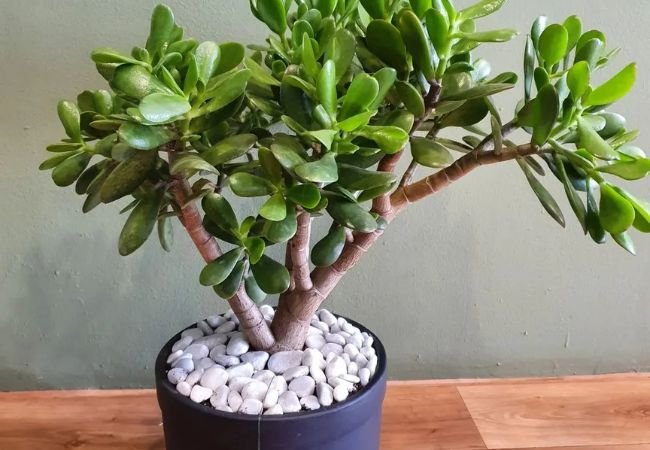
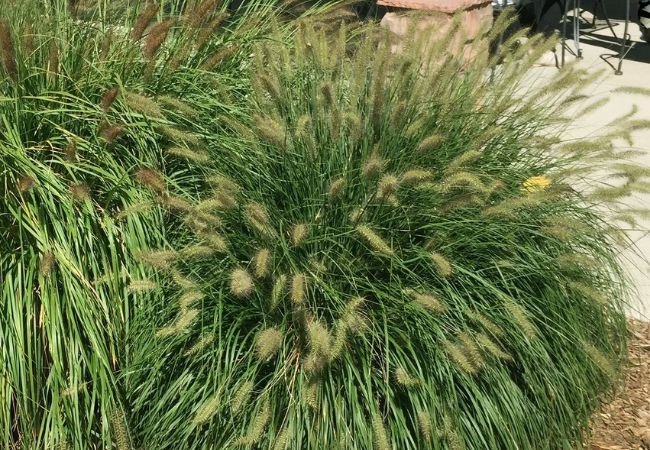
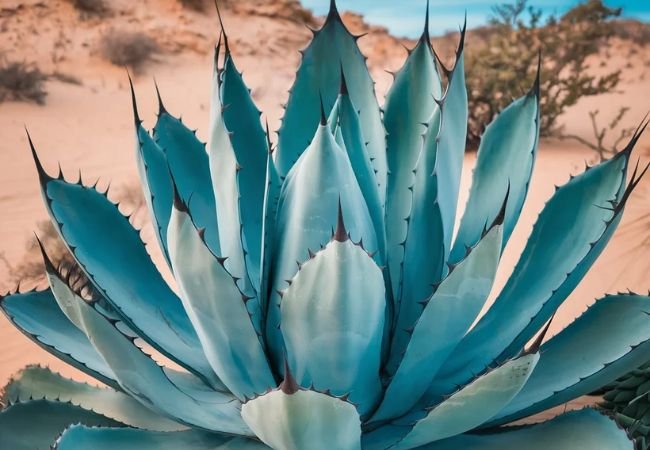
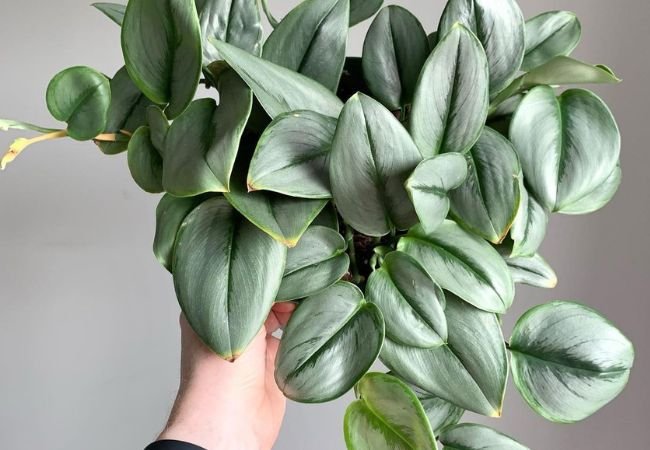
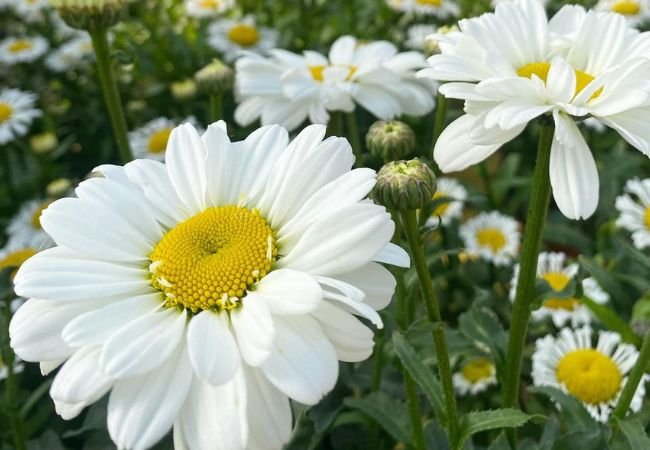
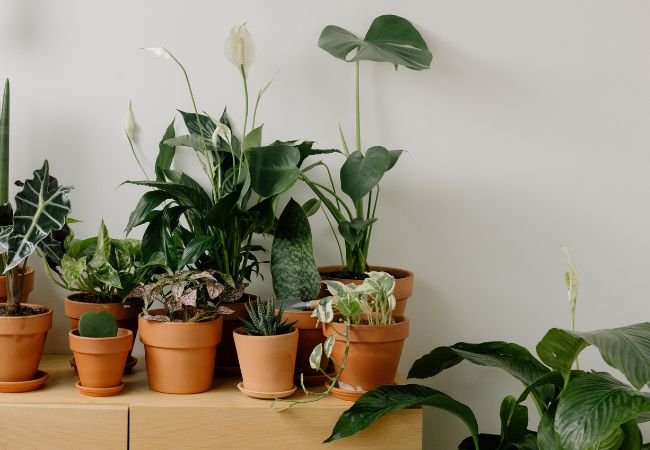
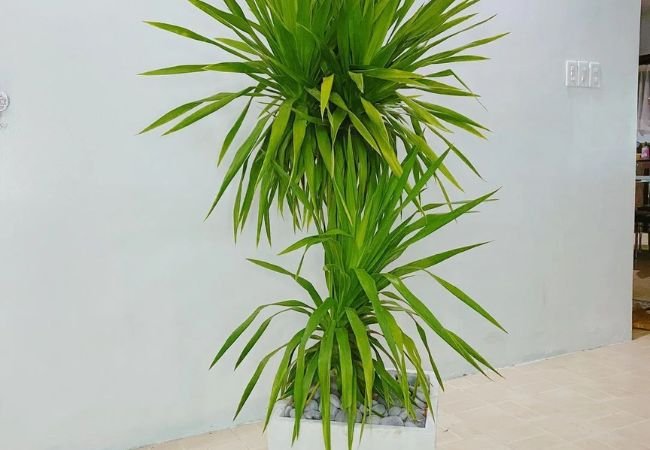
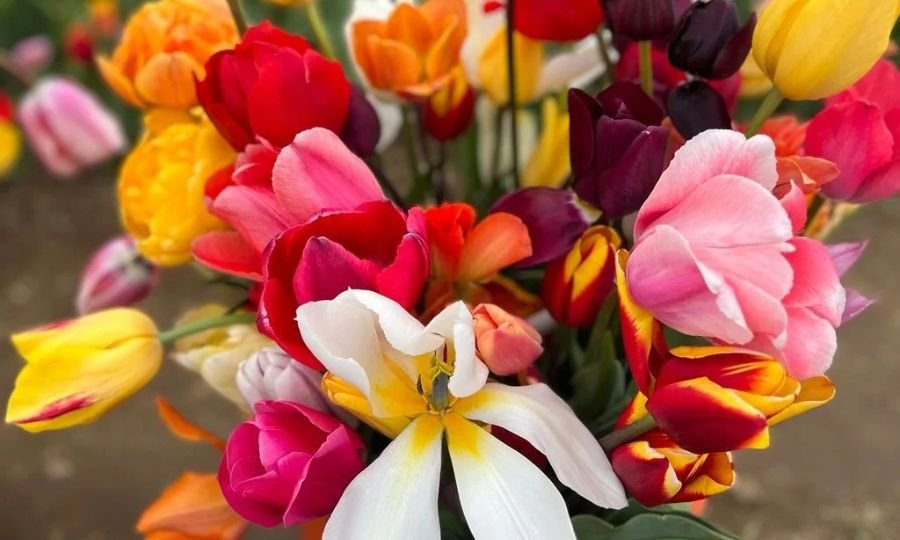
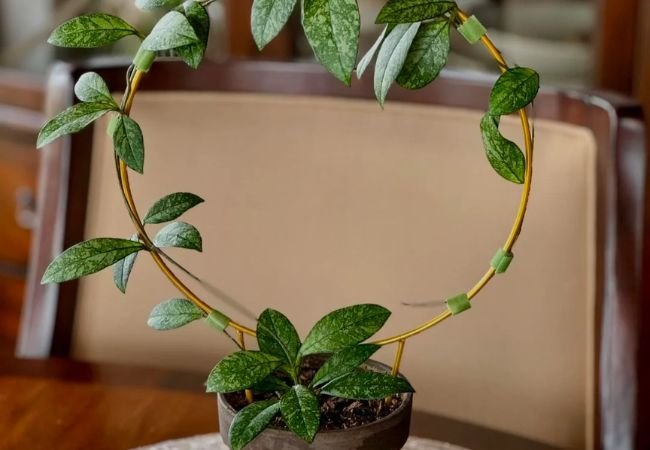
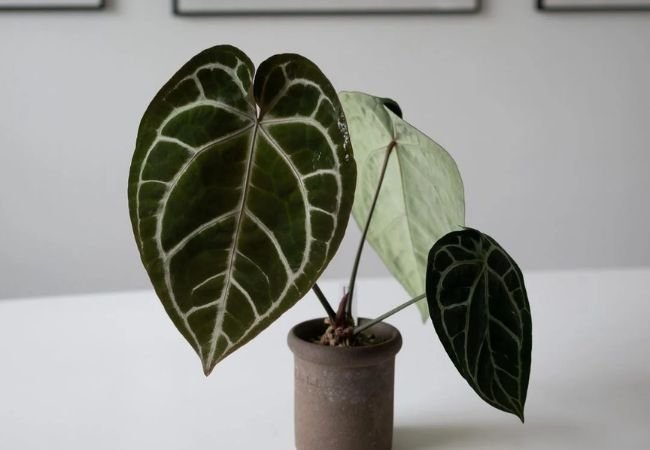
[…] Plant transplants at the same soil depth they were growing in their containers, spacing them 12-18 inches apart. Water thoroughly after planting. […]
[…] the vines are stretching out and becoming sparse, the plant is not receiving enough light. Move it to a brighter location or consider using a grow […]
[…] pencil cactus, also known as the milk-bush cactus or Firestick plant, is a type of succulent that belongs to the Euphorbia genus. Despite its name, it’s not […]
[…] crucial to appreciate them from a safe distance. Remember, never ingest or handle unfamiliar plants without proper guidance, and always prioritize safety when venturing into the great […]
[…] with a balanced liquid fertilizer monthly during spring and summer when the plant is actively […]
[…] and beautiful endeavor. In this comprehensive guide, we’ll explore the steps to successfully plant and care for these magnificent trees, ensuring you can enjoy their beauty for years to […]
[…] Terracotta or plastic pots with a wide opening are ideal, as they allow for easy removal of the plant during repotting. Additionally, consider using a hanging basket or mounting the plant on a piece of […]
[…] or leggy growth: This means your plant isn’t getting enough light. Move it to a brighter […]
[…] plants for free or to share with friends. Plus, it’s a fun project that lets you watch your plant grow from the very […]
[…] sure the structure is solidly anchored and can bear the weight of the mature plant. Guide the canes towards it while they’re pliable, attaching them loosely every 8-12 inches […]
[…] plants, scientifically known as Crassula ovata, are beloved succulents known for their thick, fleshy leaves and tree-like appearance. While the […]